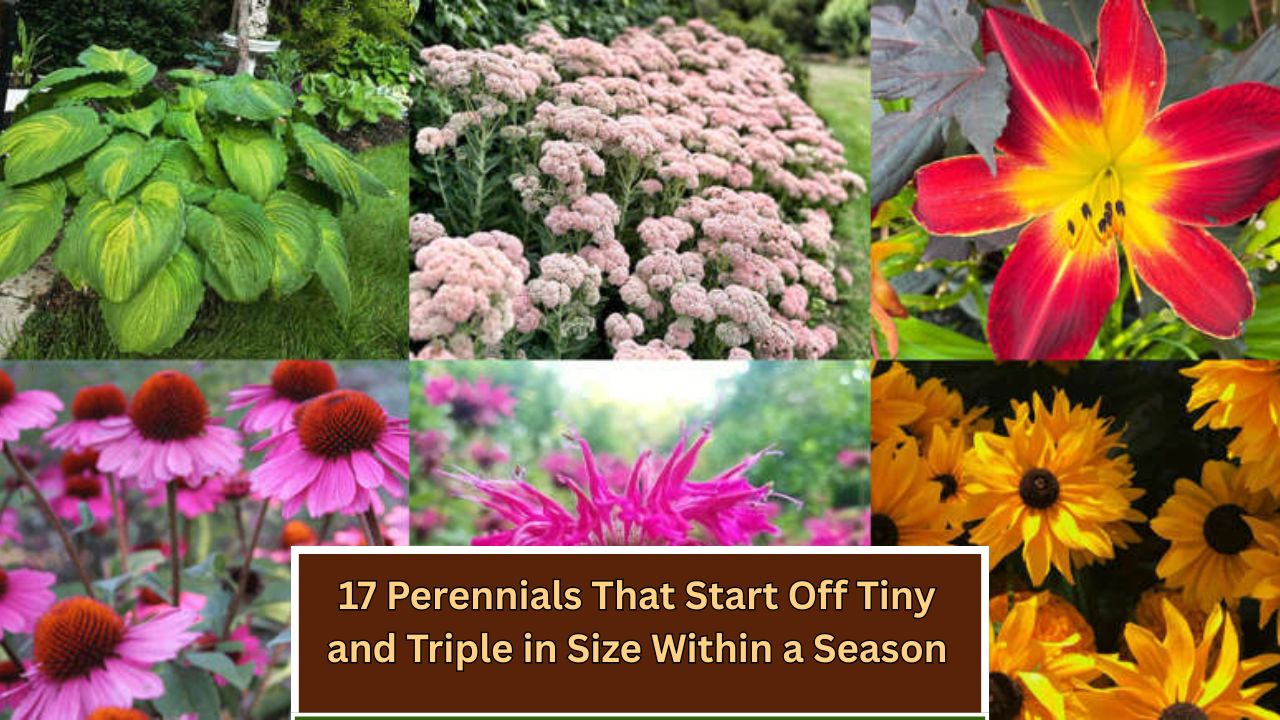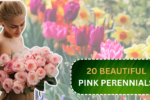Small doesn’t mean shy. Some perennials may start out looking sweet and innocent—tiny sprouts that barely register on your radar. But give them a little warmth and water, and suddenly they’re off to the races.
They triple in size like they’ve got a secret deal with nature. You plant one thinking it’ll fill a small corner, and by midsummer, it’s conquered the whole flower bed, buried your mulch, and is creeping toward the patio. These plants don’t wait for permission.
They grow like they’re on a mission—stretching skyward, spreading sideways, and sometimes storming into your neighbor’s yard. They’re bold, dramatic, and, yes, a little over-the-top. But that’s what makes them impossible to resist. If you’re up for a bit of garden excitement, these 17 perennials are the dramatic divas you’ve been looking for.
Sedum
Sedums are reliable charmers known for their adaptability and eye-catching foliage. What starts as a tidy rosette quickly spreads into a lush carpet of juicy, succulent leaves. Gardeners love sedum for its drought resistance and easygoing nature.

Their star-shaped flowers attract bees and butterflies, adding a lively touch to their sculptural form. Whether tucked into rock gardens or planted along a border, sedums bring year-round texture. Fun detail: They’re nicknamed “stonecrops” because they thrive in rocky, low-nutrient soils.
Daylily
Daylilies are the dependable dynamos of any perennial garden. They begin as modest tufts but rapidly expand into full-bodied clusters of arching green leaves and bright, trumpet-shaped flowers. Though each bloom lasts only a day, new ones pop up endlessly for weeks.
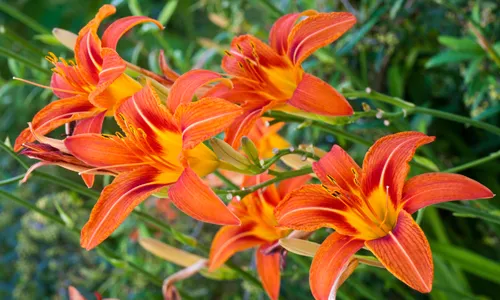
With colors ranging from golden yellows to deep purples, daylilies are all about drama. They flourish in full sun and well-drained soil. Quirky fact: Daylily petals are edible and make a flavorful addition to salads and dishes.
Coneflower
Coneflowers, also known as Echinacea, pack a visual punch. They start small but quickly shoot up into tall stems topped with bold, daisy-like flowers and a central cone that pollinators can’t resist.
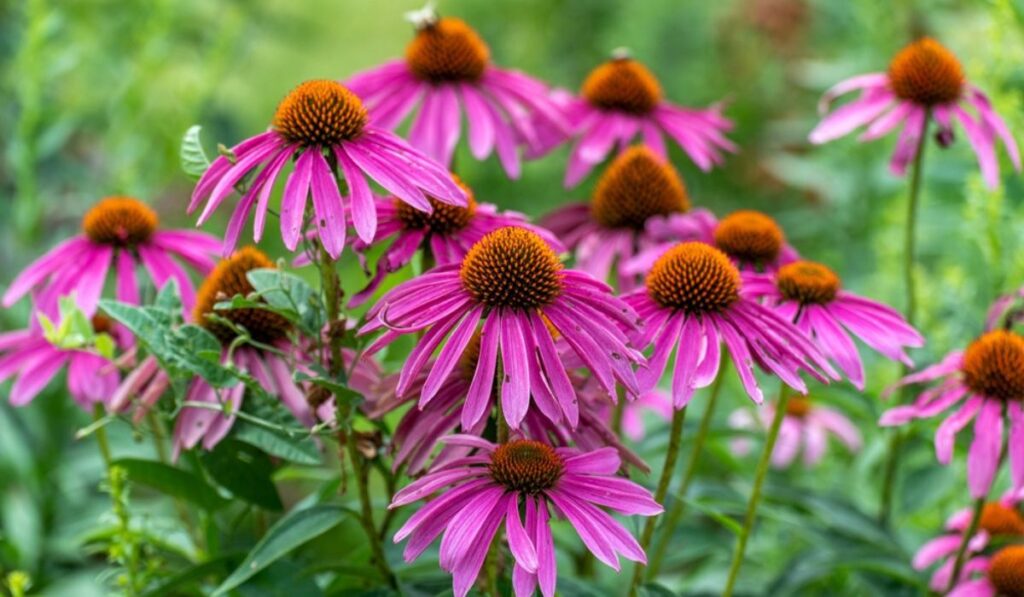
These perennials love full sun and dry conditions, making them as practical as they are stunning. Their roots and leaves are widely used in herbal remedies said to support immune health. A beautiful and functional garden favorite.
Bee Balm
Bee balm doesn’t just attract pollinators—it throws a garden party. Starting as a small clump, it quickly becomes a vibrant display of spiky, tubular flowers in reds, pinks, and purples.
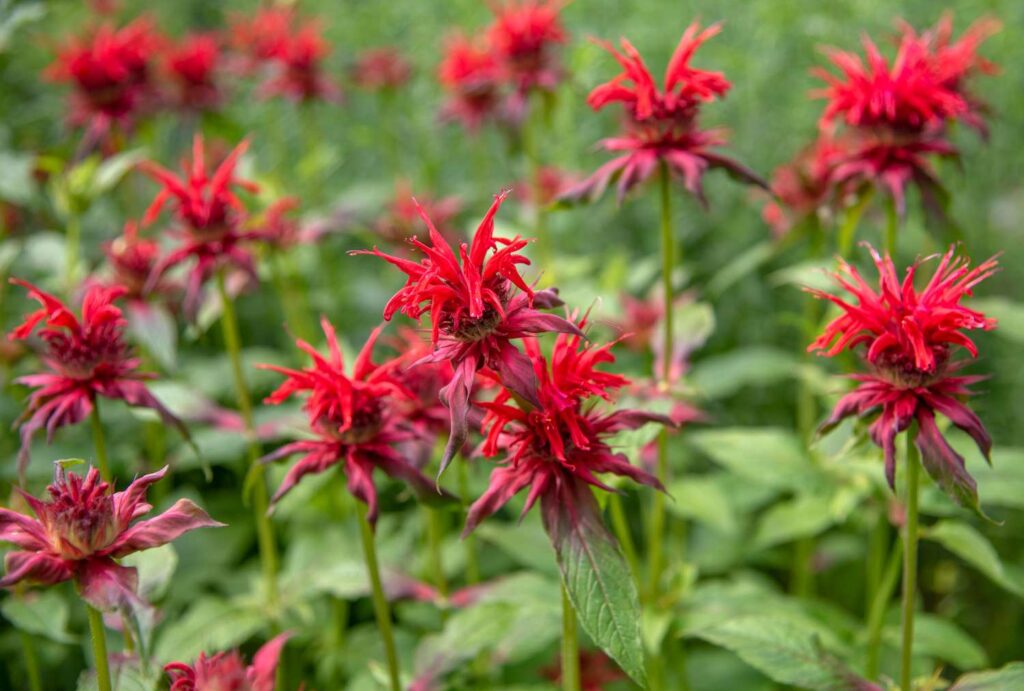
Hummingbirds and bees flock to it, while gardeners enjoy its minty-scented leaves that work well in teas. Interesting fact: As part of the mint family, bee balm grows with the same robust energy and aromatic charm.
Black-eyed Susan
Black-eyed Susans bring pure sunshine to garden beds. These cheery wildflowers start small but transform into bushy plants filled with golden-yellow petals and dark, standout centers.
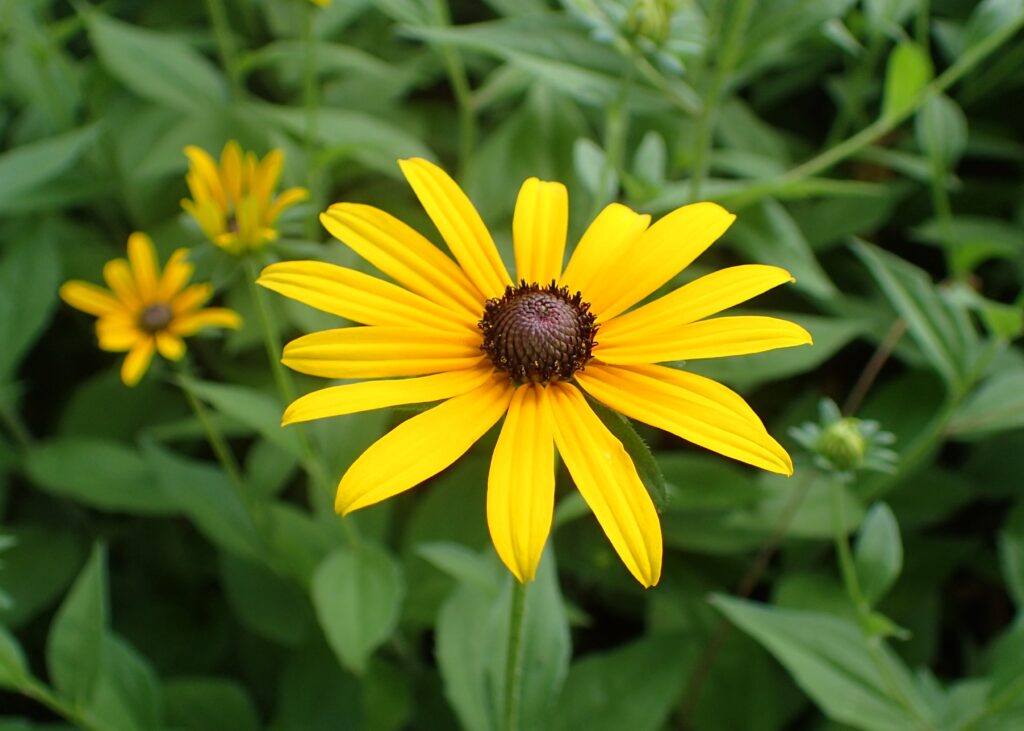
Low-maintenance and drought-tolerant, they thrive in sunny areas and attract pollinators all summer. Symbolically, they represent encouragement and perseverance—ideal for wildflower gardens or naturalized spaces.
Japanese Anemone
Japanese anemones begin the season as tidy, leafy clumps but quickly send up tall stems that sway in the breeze. Their late-season blooms in soft pink or white give the garden a whimsical, romantic touch.
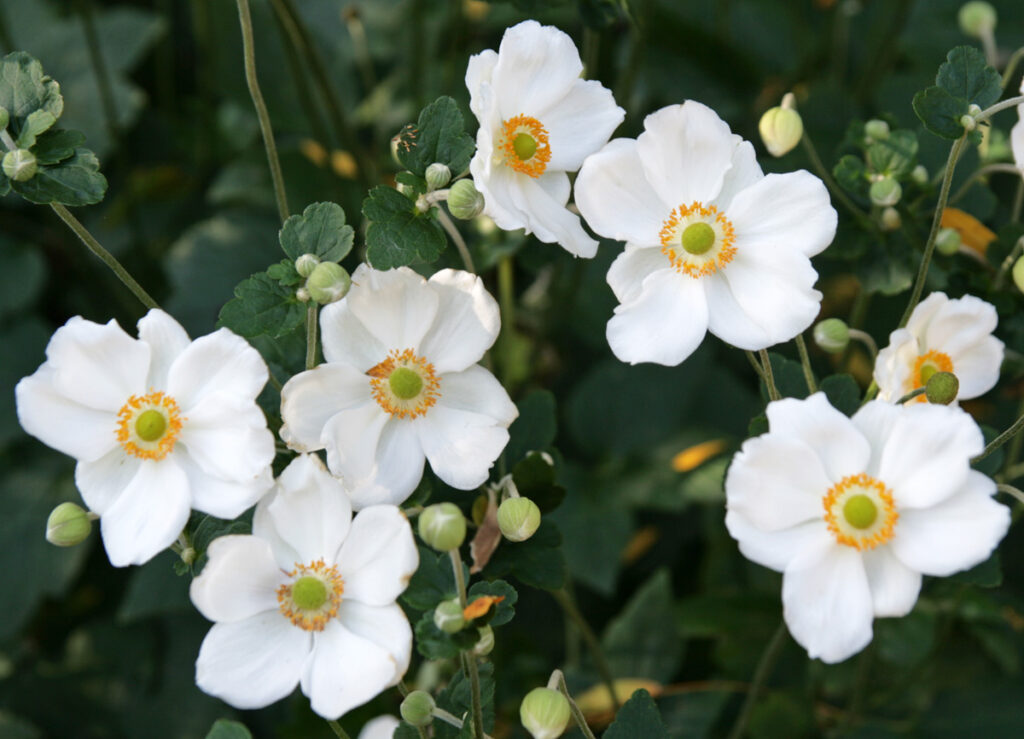
These “windflowers” prefer partial shade and rich, well-drained soil. Their delicate motion adds movement and elegance to any garden palette.
Shasta Daisy
Shasta daisies are radiant classics. They emerge from the soil as small green mounds but rapidly grow into clusters of bright white flowers with sunny yellow centers.
Hardy and easy to care for, they light up gardens in full sun and offer long-lasting blooms perfect for cut arrangements. Bonus fact: Luther Burbank bred them and named them after snowy Mount Shasta for their crisp, white petals.
Salvia
Salvia’s transformation is swift and striking. From a tiny seedling, it grows into an upright, spiky tower of blue, purple, or red blooms. The foliage is pleasantly fragrant, and the flowers are irresistible to bees and hummingbirds.
Best planted in sunny, well-drained spots, salvias belong to the sage family—and yes, some varieties are edible. Their vibrant color and vertical lines make them a design favorite.
Peony
Peonies may emerge slowly, but once the season kicks in, they explode. Those early woody stems grow into full plants crowned with massive, sweet-smelling blooms that stop passersby in their tracks.
These perennials can live for decades and are often passed down through generations. In the language of flowers, peonies symbolize romance and prosperity—no wonder they’re a wedding staple.
Lupine
Lupines bring wild charm and vertical flair. They start with modest rosettes and rapidly push up tall, spiked flowers in a rainbow of bold hues.
Loved by pollinators, lupines flourish in sandy, well-drained soil and full sun. Here’s a cool bonus: They fix nitrogen in the soil, improving fertility for other plants around them.
Catmint
Catmint is a soft, sprawling plant that starts small but grows fast into wide, lavender-blue mounds. With fragrant foliage and constant blooms, it’s a favorite for edges and walkways.
Drought-resistant and low-maintenance, it’s ideal for sunny spots. Fun side note: Though beloved by cats, it’s not the same as catnip—though both belong to the Nepeta family.
Coreopsis
Coreopsis brings cheerful yellow blooms and a carefree spirit. It starts off looking humble but grows quickly into bushy, flower-filled mounds.
These sunny perennials love tough conditions, including poor soil and intense sun. Long bloom times and easy care make them a mainstay in cutting gardens. Curious tidbit: Their nickname, “tickseed,” comes from their seed shape.
Russian Sage
Russian sage begins as a small sprig and soon expands into a silver-hued cloud of airy blue blooms. Its tall stems and aromatic leaves create a dreamy, Mediterranean vibe.
Heat- and drought-tolerant, it thrives in dry, sunny spots. Despite the name, it’s not a true sage and isn’t used in cooking—but its beauty makes up for it.
Veronica
Veronica, or speedwell, shoots up in no time. From a compact clump, it quickly grows into vertical flower spikes in striking blues and purples.
It’s a pollinator favorite and blooms long into the season. Performing well in sun or partial shade, this plant adds both structure and color. Its nickname “speedwell” likely comes from its fast growth and adaptability.
Yarrow
Yarrow starts as a tidy tuft and rapidly spreads, creating flat-topped clusters of tiny flowers in white, yellow, or pink.
Drought-tolerant and pollinator-friendly, it excels in hot, dry locations. Its feathery leaves add texture, and it has a long history in folk medicine as a healing herb—once used to stop bleeding and reduce fevers.
This article has been carefully fact-checked by our editorial team to ensure accuracy and eliminate any misleading information. We are committed to maintaining the highest standards of integrity in our content.

Outside of work, he enjoys playing chess, following cricket, and writing short stories. His commitment to integrity and in-depth analysis strengthens OTE News’ mission of providing trustworthy journalism.

